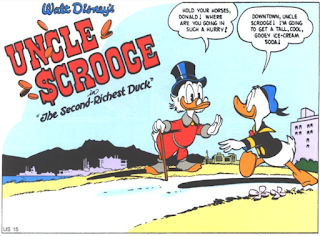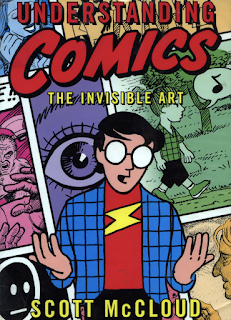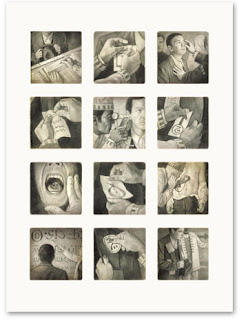Week 4 - The Comic Book

This week I selected two comic books to read: Herge's Tintin in The Calculus Affair and Carl Barks' Uncle Scrooge in The Second-Richest Duck. After reading The Calculus Affair , I realized why my dad loved reading Tintin comics. The comic had a lot of action and adventure which keeps you wanting to read more. The illustrations are fun and show a lot of emotions and movement willing not being too detailed. There is a lot of use of color that makes the illustrations stand out and brings the whole comic together. The comic also has a decent amount of words in speech bubbles, at the top of the panel, that sometimes take over the illustrations. While the Tintin comic was good, I enjoyed The Second-Richest Duck more. I enjoyed the larger illustrations and the use of less text bubbles. It was a very lighthearted and easy read. The use of bright colors and clean illustrations made the comic more enjoyable. Also, while reading this comic, I was imagining the speech bubbles bei


